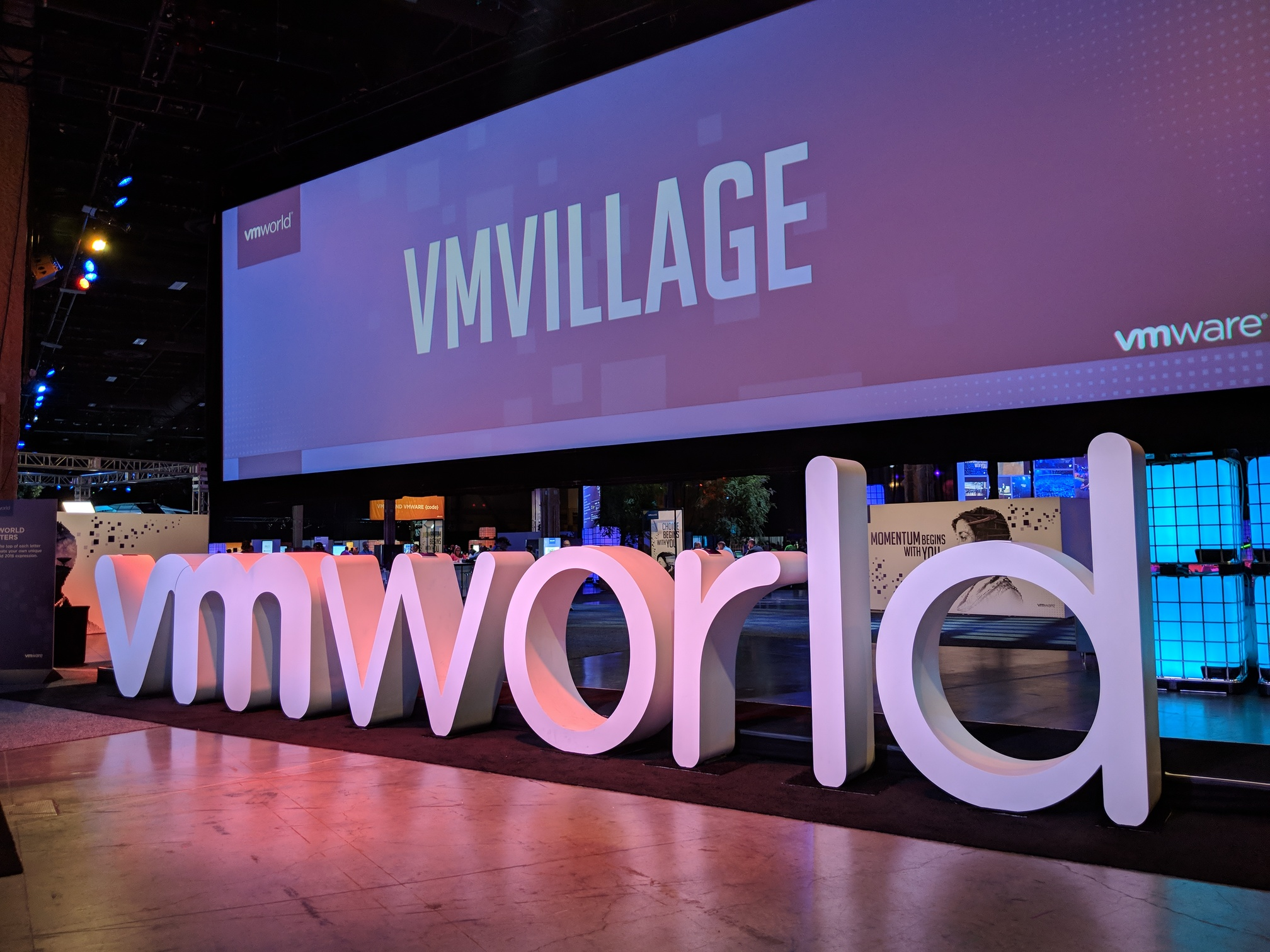Amazon RDS on VMware Proves Enterprise Cloud Is A State Of Mind
The talk of VMware's flagship conference, VMworld US 2018, was multi-cloud, and Amazon Relational Database Service on VMware was the announcement that had analysts' tongues wagging the most over the past week. The dust has settled on the major announcements, so it's time to reflect on what it all means.

As I wrote last year, VMware has stopped apologizing for existing, and we're now starting to see the outcome of this more relaxed view of the world. VMware and AWS are now best of friends instead of bitter enemies.
Last year we heard that customers can run VMware on AWS, we're now starting to see the reverse: AWS on VMware, with the announcement of RDS for VMware. This is only possible in a world where both parties have come to accept that, yes, public, private, and hybrid cloud can all co-exist. At least for a while.
Amazon undoubtedly views this as a way to make it easier to get databases out of customer sites and onto AWS, but I see it as a tacit admission that public cloud is not the only location to do things. While Amazon isn't about to come out and directly say this (its position is still that the AWS public cloud is the One True Way to do things), the extension of public cloud methods back into on-site is absolutely something customers want to buy.
It shows that while customers definitely find value in the cloud—the statistic bandied about during the conference was that customers use an average of 4.5 clouds—the value is less about the physical manifestation and more about the operating model: the agility of scaling up and down, pay-for-use consumption pricing, API driven ease, etc.
These were all the big differences that drove customers to use public cloud in the first place because they simply weren't able to get this from internal, on-site IT. RDS on VMware brings this flexibility and automation back on site, and without customers having to invest millions in trying to figure out how to do it themselves.
Customers can get the benefits of the cloud way of doing things, but without having to move to the public cloud to get them.
The cloud is now extending back into the datacenter as customers get used to wanting to operate in the public cloud way. It's the same dynamic behind Kubernetes adoption, and I expect to see a lot more serverless starting to happen on-site as well.
It's all about increasing the level of abstraction. Enterprises don't hand-build servers any more, they simply buy more-or-less commodity gear in bulk, wire it all together with more-or-less commodity networking, and get on with doing business. IT teams are under pressure to make IT as invisible and reliable as plumbing. Developers, in particular, don't want to care about which storage array you're using, or which servers you buy, or what the datacenter rack layout looks like. They want to consume services with APIs so they can write the code that runs the business.
Customers care even less; they just want to use the app or the website and have it do what they need. They don't care which Javascript framework is used or if you're using serverless, containers, VMs, or COBOL on a mainframe.
Having to move everything to an outsourced public cloud provider is too large a change for most large, established companies to achieve in short order. While cloud is a large and growing part of the IT mix, there is still a substantial amount of on-site infrastructure supporting real workloads and real business. It's not going away completely. Instead, it's being augmented with cloud ways of working, and just as most (but not all) programming isn't done in COBOL any more, I expect that most (but not all) infrastructure to adopt the flexible, automated ways of cloud.
Bringing this to customers in a handy pre-packaged product like RDS on VMware just makes the whole process much easier, and should accelerate the move to cloud-style operations.
And not before time.
This article first appeared in Forbes.com here.